Click Image for Gallery
Zonotech Transcranial Direct Current Stimulation
- A non-invasive and safe neurostimulation therapy for the treatment of depression, obessive- compulsive disorder, migraine, and chronic pain.
Transcranial Direct Current Stimulation (TDCS):
- A new neurostimulation therapy
- Transcranial direct current stimulation (TDCS) is a new form of neurostimulation that may be used to safely treat a variety of clinical conditions including depression, obsessive-compulsive disorder, migraine, and central and neuropathic chronic pain. TDCS can also relieve the symptoms of narcotic withdrawal and reduce cravings for drugs, including nicotine and alcohol. There is some limited evidence that TDCS can be used to increase frontal lobe functioning and reduce impulsivity and distractibility in persons with attention deficit disorder. TDCS has also been shown to boost verbal and motor skills and improve learning and memory in healthy people.
- Transcranial DC stimulation uses only very small electric currents that cannot set off a seizure and is far more selective in its effects. TDCS only influences the area of the cortical brain directly beneath the electrode.
- Transcranial DC stimulation may be done in the doctor's office with the patient sitting in a comfortable chair. The basic treatment consists of a series of five 20-minute sessions over five consecutive days, Monday through Friday. Sometimes a second series of five treatments may be necessary to obtain maximum improvement in symptoms being treated.
Illustration of a patient being treated with TDCS.
- While the patient is seated in a chair, two 5 cm x 5 cm non-metallic conductive rubber electrodes are placed on selected locations of the scalp and covered by saline soaked sponges and held in place by elastic headbands. After the electrodes are properly placed, a TDCS device powered by a 9-volt battery is used to send a steady electrical current of 1-2 microamps through the electrodes and into the cortex for 20 minutes.
- The electrode attached to the positive (anode) pole of the battery will excite neuronal activity in the cortex under it, whereas the electrode attached to the negative pole (cathode) of the battery will inhibit neuronal activity in the cortex under it.
- The procedure does not elicit any pain. Patients receiving TDCS generally report nothing more than a mild tingling or itchy feeling from under the electrode during the stimulation. These sensations disappear immediately after the current is turned off.
- Treatment with TDCS is relatively inexpensive, easy to administer, non-invasive, painless, and safe.
- Treating Chronic Pain With Direct Current Stimulation



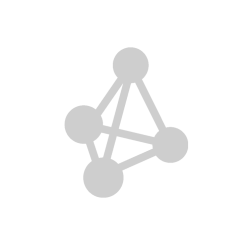
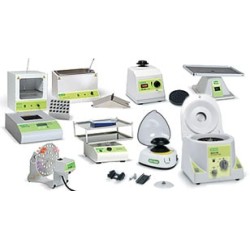

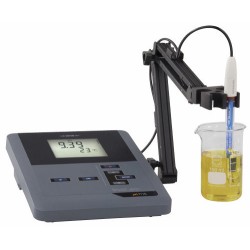
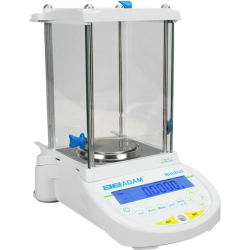
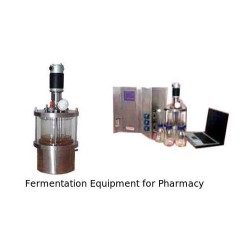
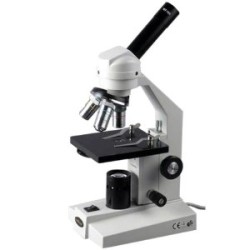
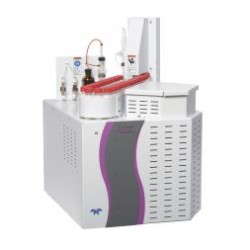























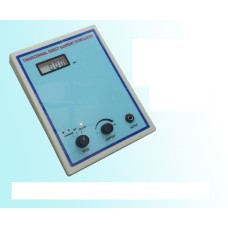

-100x100-1.jpeg)


